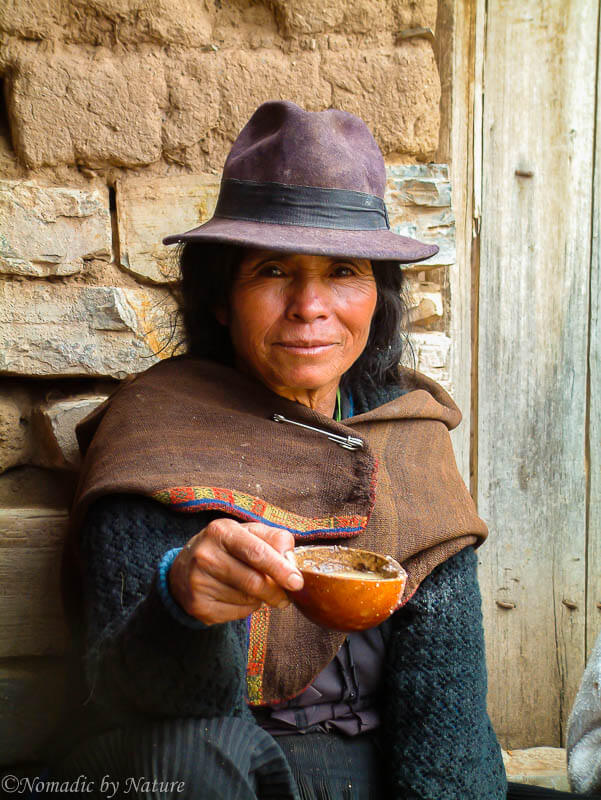
These are excerpts from my Peace Corps diary. They are set in a Quechua community, perched 10,000 feet in the Bolivian Andes, lost in a time before electricity and running water. The village of Maragua is a subsistence farming community, with a population of about 350 people in the high season, and about 50 in the low season, when reaching it requires fording a river and hiking twelve kilometers through the mountains. The people are tough like the land, scraping relentlessly at it to plant potatoes, corn and wheat, which they harvest to feed their families.
I lived in a mud hut with the Maraguans for two years, becoming part of the community during a challenging transitional period for them. Each family had just enough land to feed themselves, and the degradation of the soils and dearth of trees was making life harder by the year. However, each family also had about five children on average, and since there was only enough land to endow to one of them, the other four were forced to leave the village and make a living elsewhere. The city of Sucre was 55 kilometers, a language, and a distant reality away from them. The village school was ill equipped to give them the education they needed to prepare themselves for a new urban reality, and they had frighteningly few opportunities to generate enough income to smooth the transition.
It was a difficult time, as time itself broke apart all families, and it was an important time as families strove to teach their children their traditions and identity before they left –sometimes forever. I lived through great floods with them, a blight of potato worms, and sweated out a bought of dengue fever. They taught me to build with mud and stones, harvest potatoes, and make offerings to the rising sun “Inti” on the coldest, longest night of the year. We worked together to reduce their dependence on a usurious non-profit that was exploiting them. I worked with the women to help them earn money from the traditional weavings they made, we set-up rudimentary infrastructure to support some community tourism, and we built a simple kitchen for the school.
This all took place in the midst of a great revolution. The villagers blockaded the rural roads, marched on the capital, and finally walked six hours through the mountains to a neighboring village to cast their votes for first indigenous President the country had in its 180 years of independence. The country struggled as it renegotiated international agreements to earn more equitable returns from the extraction of natural gas, the resource rich Amazonian states tried to garner more autonomy from the central government, and the miners and farmers fought violently in the streets with wealthier, whiter, urban countrymen over the policies of the country’s future.
The epoch was not only transformative for the country, but also for myself. I lost 23 pounds during my service, and found the perspective into poverty which I was seeking. I ended up staying in Bolivia for two years after my service. Moving to Cochabamba and then La Paz, to learn more about a country and struggle that fascinated me. Years after the end of my service, I continue to work in international development to help improve the quality of life for those that need it most, and the most useful tool I have, regardless of the country in which I am working, is the perspective I gained during this foundational experience.
The next blog in the Bolivian Blaze Series is, First Steps into Another’s Reality.
